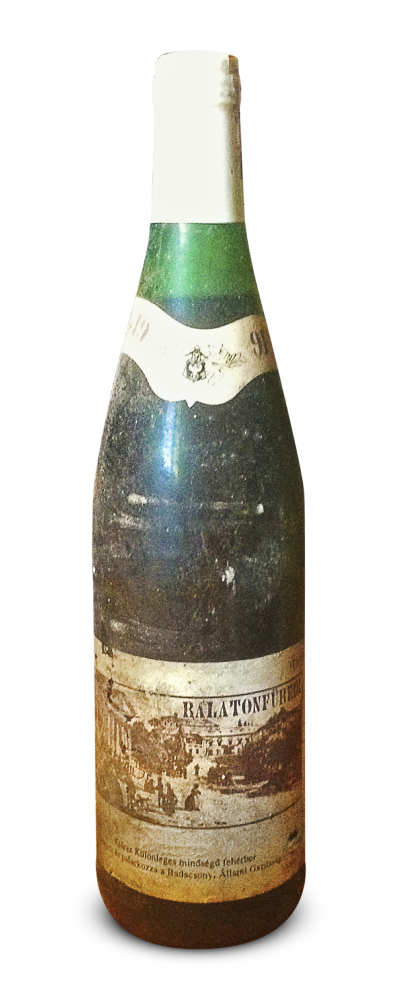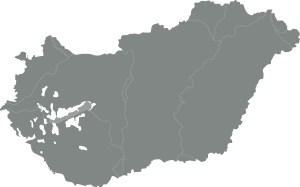Personal opinion:
After Socialism ended, and after the change of the system, state farms were replaced by corporations and private businesses. You can discover the remaining bottles of outstanding quality from these companies. Corporations used the sites, machines and plantations of Socialist co-ops. The cultivation of plantations that were privatized started at this time. However, they could not produce great results, initially. Bottling wines was already possible for new small wineries but only the bigger companies were able to produce sufficient quantities for export.These wines were bottled with the aim of exporting them. As far as I know these made it to the Vatican, the White House in Washington D.C. and the Kremlin in Moscow, etc.
Information:
We do not re-bottle or re-label the Museum wines - we offer them in their original bottles with the original content and original label.
The product picture shows the bottle that remained in the best condition for the sake of recognizability.
The product inventory shows the number of bottles that remained intact.
Unfortunately, not all the labels are undamaged!
Therefore it may happen that the label is damaged (torn, worn or mouldy).
About the Chardonnay variety:
The Chardonnay is so-called world variety of French origins that is well-known and popular all over the world. It is known and grown in every vine-growing and wine-making country in the world. Its berries are small, round, whitish-green, punctuated, thick-skinned, succulent and crunchy. Its cluster is small, bursts and blooms early, and ripens in the first half or middle of September. Its yield is reliable but not abundant. Its berries are of a characteristic bouquet and fresh in flavour. Its wine has a firm character but with fine acids, varietal bouquet and it is full-bodied. An excellent quality wine, or even a special quality, even natural dessert wine can be produced from it.
The region and its history:
Balatonfüred and Csopak, located on the northern shore of the eastern cove of Lake Balaton, make up a part of the Balaton wine region. Balatonfüred, "the capital of the northern shore of Lake Balaton", is the oldest holiday resort at Balaton. Its area has been inhabited since prehistoric times, the earliest evidence of which are Copper Age archeological findings. The remains of Roman cellars and villas have been excavated, and the Roman road passing through Csopak is also from this age.
The Balatonfüred region came into the limelight when it became a property of the Tihany Abbey in 1211. Thanks to the priests and the monks the standard of viticulture and viniculture were decades before their time.
The majority of the plantations were destroyed by Phylloxera; the now indigenous varieties, such as Olaszrizling, became acclimatized after that.
Balatonfüred is "The international town of grape and wine."
Climate and geography:
Balatonfüred is situated among declivitous hills on the northern shore of Lake Balaton. It is bordered by the neighbouring settlements - Tihany, Aszófő, Balatonszőlős - and the Old Mountain, which is a common name in the region, as well as the Tamás, György and Péter Mountains. The climate is devoid of extremes, owing to the lake, and its microclimate is of Mediterranean type. The soil of the wine region is varied. There are soils developed on phyllite slate, Permian red sandstone, Triassic limestone, dolomite and trap-tuff but there are also forest soils developed on Pannon clay and loess. The soil is of reddish colour, especially in Balatonfüred and its surroundings, owing to the high iron oxide content of the Permian red sandstone.
The wine region consists of the following settlements: Alsóörs, Aszófő, Balatonakali, Balatonalmádi, Balatonfüred, Balatonszőlős, Balatonudvari, Csopak, Dörgicse, Felsőörs, Lovas, Mencshely, Örvényes, Paloznak, Pécsely, Tihany, Vászoly.
NAME: MUSEUM VII
YEAR: 1991
VARIETY: Chardonnay
WINE REGION: Balatonfüred-Csopak
CLASS: Special quality dry white wine
Product of Hungary
Bottle volume: 750ml
Alc. 12%vol
Contains sulphites


